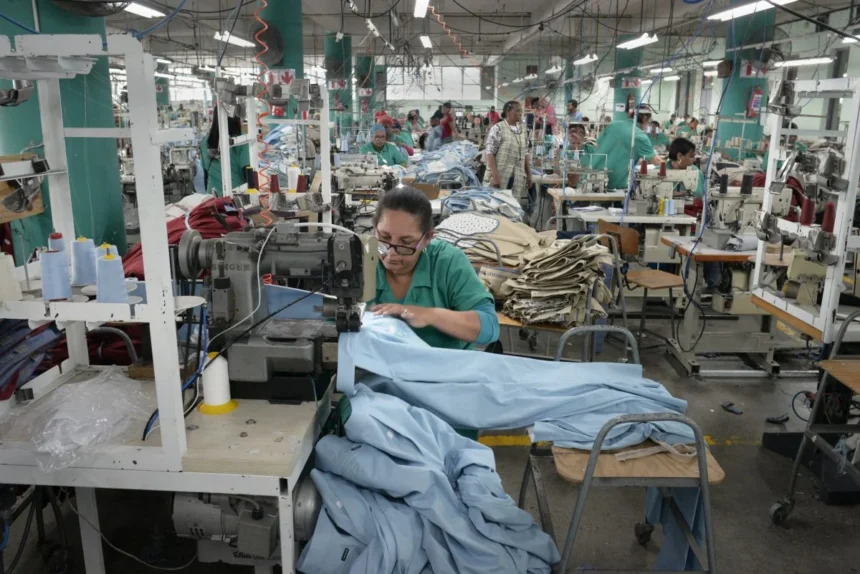A new report from the Center for Global Development (CGD) suggests that the US should implement ‘negative tariffs’ – essentially targeted manufacturing subsidies – in Africa to revitalize the faltering African Growth and Opportunity Act (AGOA).
Authors Justin Sandefur and Arvind Subramanian estimate that providing $291 million in negative tariffs, described as a relatively small amount compared to aid levels, could generate $1.5 billion in new trade. This approach aligns with the US’s “friend-shoring” efforts, focusing on manufacturing and sourcing from geopolitical allies.
AGOA, initiated in 2001, offers duty-free access to the US market for numerous products from eligible African countries, with 80% of tariff waivers benefiting garment exports.
Initially, AGOA led to substantial growth in African garment exports to the US and the establishment of new factories in countries like Kenya, Lesotho, and Mauritius. However, by 2010, garment exports had nearly returned to pre-AGOA levels due to increased competition from China after certain global textile treaties expired in 2005.
To reignite AGOA’s effectiveness, the authors propose implementing negative tariffs starting in 2025. This would essentially act as targeted manufacturing subsidies, aiming to level the playing field against competitive Asian markets.
The authors estimate that a 10 percentage point negative tariff on apparel products would cost approximately $291 million in foregone revenue, while a 20 percentage point negative tariff would be more expensive, at about $880 million. However, the benefits could be substantial, potentially creating $1.5 billion in new trade with a 10 percent negative tariff and nearly $3 billion with a 20 percent tariff.
The authors argue that now is an opportune time for the US to focus on African industrialization, as China’s dominance in global apparel exports is declining. However, they emphasize the need for additional support to build manufacturing supply chains in Africa, suggesting the allocation of venture capital to stimulate private investment in African garment factories.
Without reform, AGOA’s impact will likely continue to be limited. The authors advocate for stronger policy tools to enhance African economies’ competitiveness, emphasizing trade over aid and investment in African manufacturing.








